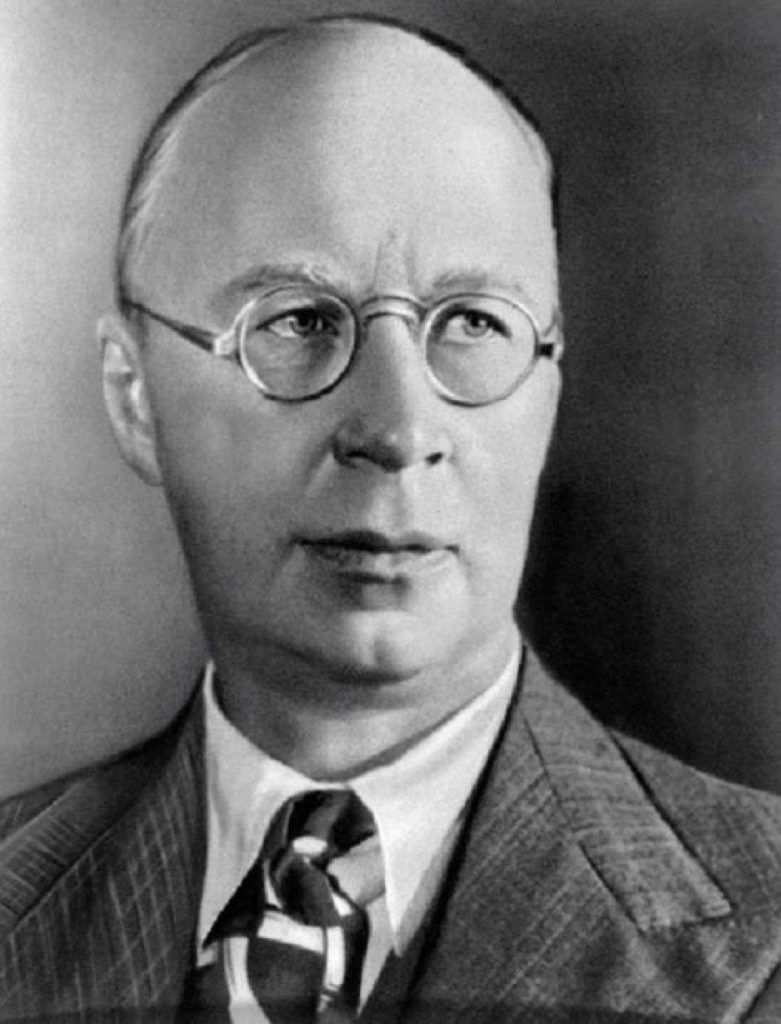I remember my studying history and theory of music as a kid. I still remember the feeling how Sergei Prokofiev’s symphonies used to mesmerize me. My life was only beginning, then, and his works did not seem to me too distant in time. Everything sounded so freshly-written, so experimental, not always “acceptable” to the ear, especially when you are a freshman in classical harmony and counterpoint.
Now here they are in my headphones, chronologically one after another, and I am totally terrified by what Time does with us: the First “Classical” Symphony (1916-1918) is already more than a hundred years old. And all the others now sound so very “classical”, too, that it’s time to quote Eliot: “I grow old, I grow old, I’ll wear the bottoms of my trousers rolled…”
Prokofiev’s “symphonic” peak was No. 5 with its nervous finale and unpredictable harmonies and rhythms. Nos. 6 and 7 show his decline, although they are still magnetically powerful, but, anyway, all of them “musically” depict the time he was going through in the Soviet Union (1918-1953; he died the same day with Stalin).
Contrary to the symphonies, his piano concertos are very often “commissioned” works, so no wonder they still appear on the playbills of philharmonies where old ladies listen to them as to some pieces of “coontemporaree” music.
Piano concertos are less complex (from the harmonic and melodic, not technical point of view; earlier period of his life, actually), although nice, too, and can easily be listened to as background music.

Years of life: 1891-1953
Piano Concertos 1-5: 1912-1932
Symphonies 1-7: 1916-1952
First published in the Levinarium Telegram Channel (now closed and deleted)